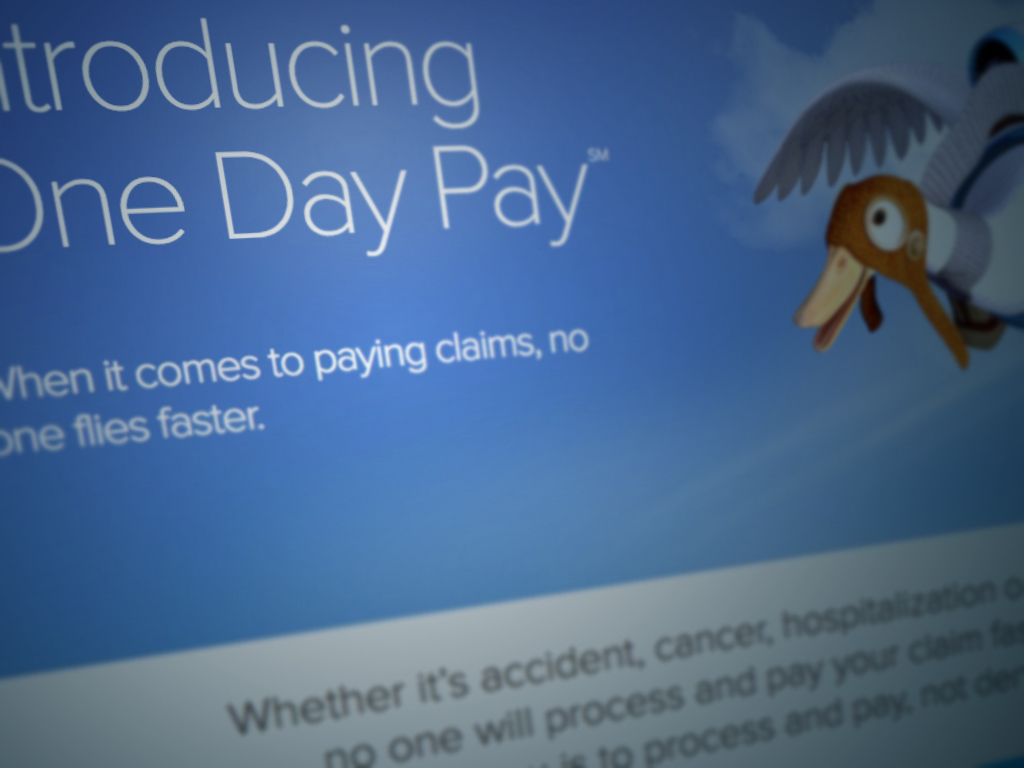The Four Ps of Marketing – Product, Price, Place and Promotion – have arguably been an industry cornerstone since Northwestern business school professor Philip Kotler first included them in his book, Principles of Marketing, in 1967. But, like fashion and social norms, times and thinking change.
At Ad Age’s digital conference last month, Jennifer Kattula, head of marketing at Atlas, Facebook’s online advertising services subsidiary, described the Four Ps as “a set of controllable factors [marketers] can use to influence a buyer’s response.”
As any Mad Men fan knows, even though marketing has changed dramatically since 1967, this set of controllable factors is still desirable for modern-day marketers.
But while the Four Ps put power firmly in the hands of marketers, the current environment – with customer choice and screens aplenty – calls for a new marketing framework to address what Kattula said isn’t working with the Four Ps anymore.
In fact, she said the Four Ps have actually evolved into the Four Cs.
1. Product Is Now Choice
This, she said, is because technology enables consumers to have customized experiences anywhere.
In addition, consumers have a staggering number of product options. Even a product category like breakfast cereal has grown to include hundreds of choices, Kattula noted.
Amazon, too, has grown from 2 million products in 1999 to 54 million products today, she said.
“There’s so much choice, but we still have a finite amount of time to make those choices,” Kattula said. This means it’s never been more important for marketers to focus on relevancy because “we have to make sure every moment matters because time is still finite.”
2. Price Is Now Convenience
With endless choices come a shift related to price. In other words, there’s more to price now than simply price alone, Kattula said.
“Think about endless choice – there’s no specific marketing-defined price point anymore,” she said. “We live in a culture of convenience and immediacy. You can get whatever you want at your feet [and/or] doorstep.”
She uses the example of Uber, in which convenience means mobile and with consumers spending increasing time each day on their mobile devices, it’s even more important for marketers to “be there in the palm of their hands,” Kattula said.
3. Place Is Now Cross-Device
Place is no longer necessarily where a transaction happens, Kattula noted.
Instead, today, nearly 25 percent of consumers use three devices every day and that figure jumps to an average of five connected devices when you look at 13- to 24-year-olds. Some estimates say the average consumer will use 10 connected devices in 2020, she said.
“The world is going to get a lot more complicated,” Kattula said.
In addition, more than 40 percent of consumers begin browsing on one device and finish shopping on another, which means brands need to be prepared to reach consumers across devices.
4. Promotion Is Now Creative Sequencing
Finally, Kattula said the order in which brands tell their stories to consumers matters, as well as the format they tell their stories in and the creative they use to tell those stories.
The solution to tying everything together is what Kattula calls “people-based marketing,” in which a marketer has a single unifying key – like gender or geographic location that is persistent and stable over time – and which represents a real person and can span across devices, platforms, and publications.
“Once you understand who people are, you can provide choice and deliver highly targeted, super-relevant ads and you can deliver those ads on mobile phones in the palms of their hands and across devices and you can sequence the creative,” Kattula said.
What’s your take on the Four Cs?



